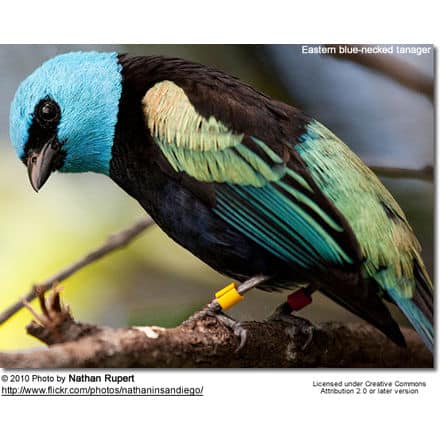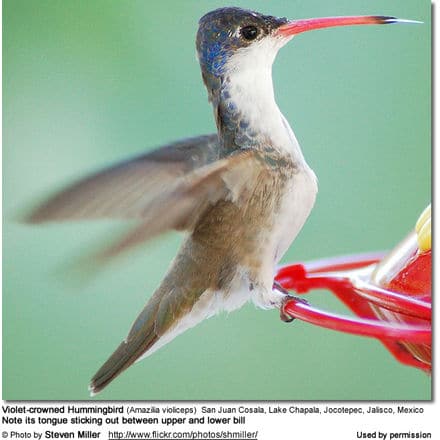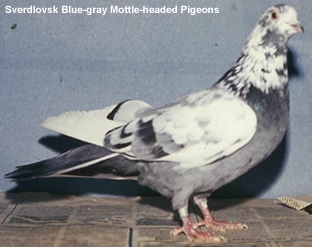Dusky Seaside Sparrows
The Dusky Seaside Sparrow, Ammodramus maritimus nigrescens, was a non-migratory subspecies of the Seaside Sparrow, found in Southern Florida in the natural salt marshes of Merritt Island and along the St. Johns River. The last one died on June 17, 1987, and the species was officially declared extinct in December 1990.
Last specimens
Captive breeding of all remaining dusky seaside sparrows with the Scott’s Seaside Sparrow (A. m. peninsulae) from Florida’s Gulf coast was approved in 1979. By 1980 five dusky seaside sparrows were in a captive breeding facility in Gainesville, Florida. One, banded in 1978 with an orange leg band was unique.
“Orange Band” was left by himself on the St. Johns Unit of the St. Johns NWR after a yellow leg banded dusky was captured in 1979. Field observations of color-banded sparrows from 1975 to 1979 indicated that dusky seaside sparrows seldom traveled more than a mile or two in their lifetimes.
In April 1980, “Orange Band” was again observed on the St. Johns Unit, but was surprisingly captured in June eight miles south on the Beeline Unit in the company of a dusky with a green leg band.
Before finding “Green Band”, “Orange Band” passed the general vicinity of the two unbanded dusky seaside sparrows.
“Green Band” proved elusive, and was never recaptured after having been banded. He was last seen on July 23, 1980 (Walters 1992).
In 1983 the last four living dusky seaside sparrows were taken to Walt Disney World Resort, to continue crossbreeding and living out their days in a protected habitat on the Discovery Island nature reserve. By March 31, 1986, only “Orange Band” remained.
Despite being blind in one eye, “Orange Band” reached extreme old age for a sparrow, living at least nine years, and possibly as many as thirteen, before dying on June 17, 1987.
- Note: The talented musician “Ron Vaughan” wrote and recorded a lovely song about the Dusky Seaside Sparrow. It’s called “One Lonely Sparrow” and was dedicated to “Orange Band” the last known Dusky Seaside Sparrow in Florida.
Causes for extinction
The dusky’s demise began in 1940 when DDT was sprayed on the marshes for the control of mosquitoes. This pesticide entered the bird’s food chain which caused the population to go from 2,000 to 600 breeding pairs.
When Merritt Island was flooded to reduce the mosquito population around Kennedy Space Center, the sparrows’ nesting grounds were devastated, and their numbers plummeted.
Later, the marshes surrounding the river were drained, to facilitate highway construction; this was a further blow. Eventually, pollution and pesticides took such a high toll that by 1979, only six dusky seaside sparrows were known to exist — all of whom were males; a female was last sighted in 1975.
References
- June 9, 2008 page 45 Newsweek
- Walters, Mark Jerome (1992). A Shadow and A Song: The Struggle to Save Endangered Species. Post Mills, Vermont: Chelsea Green Publishing Co.



